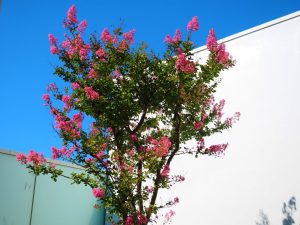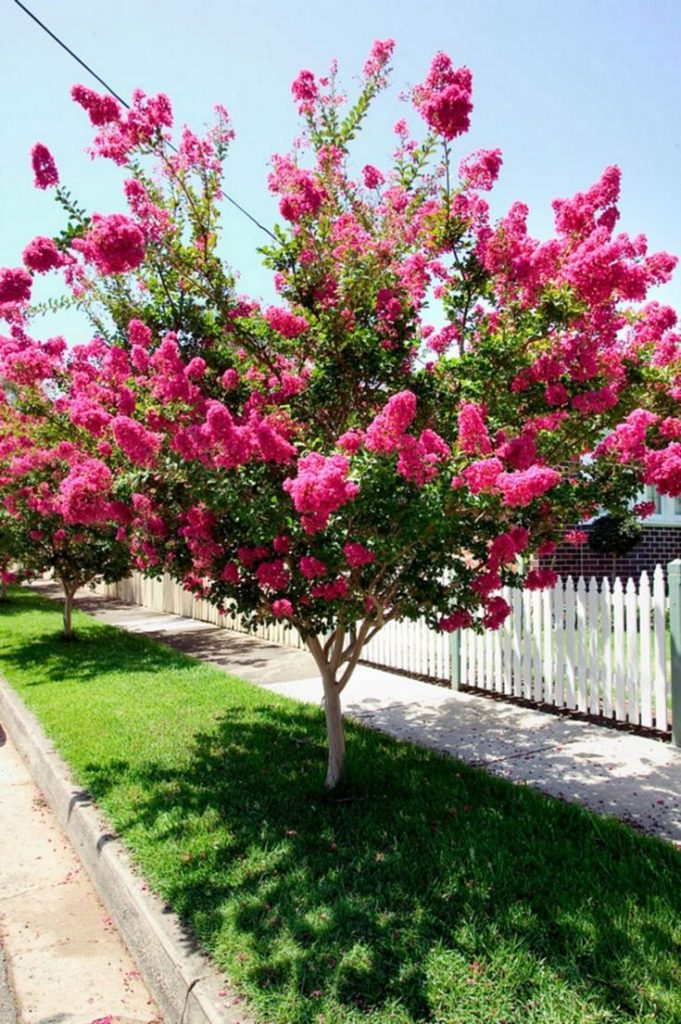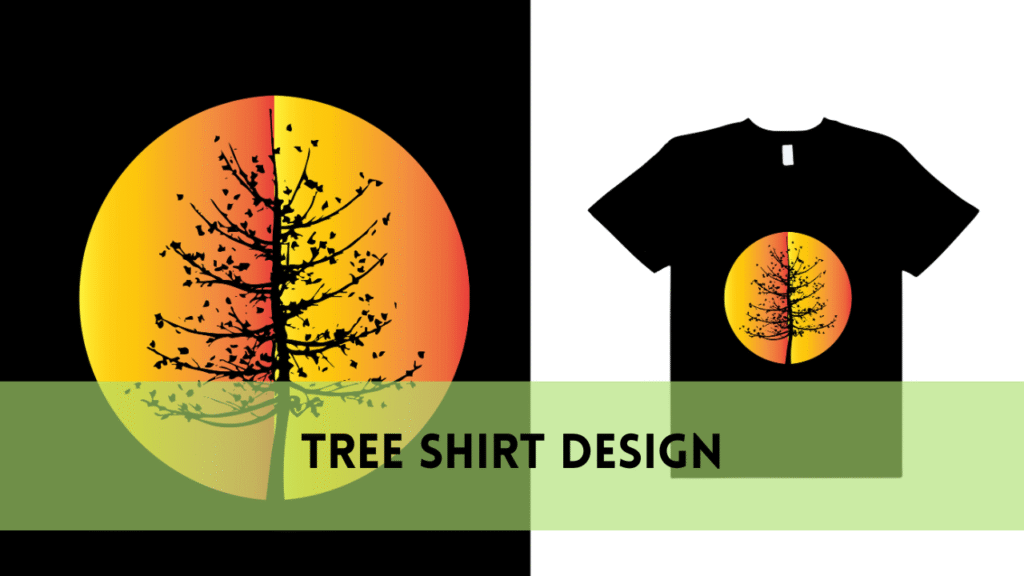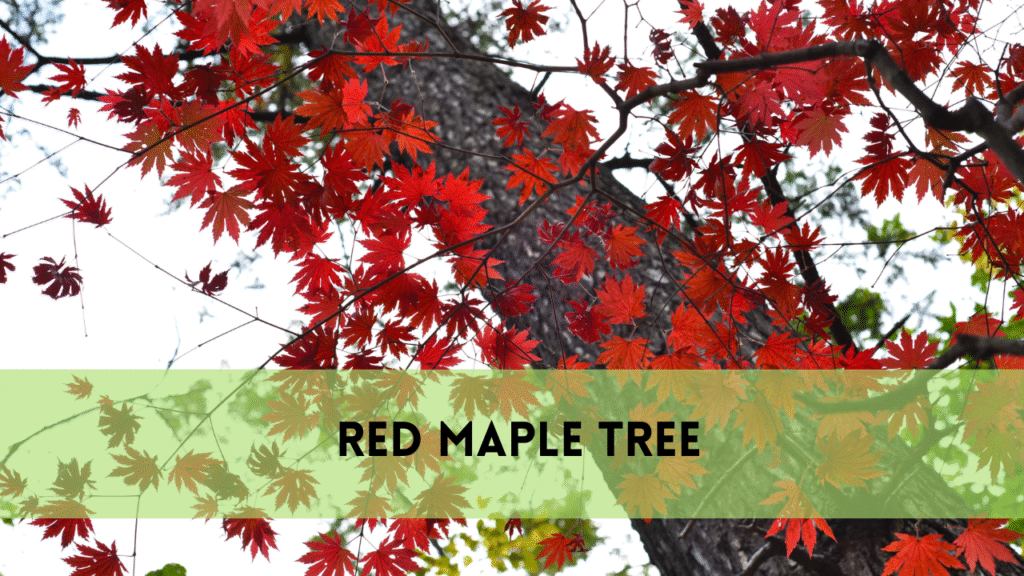Flowering Tree Identification in Texas
Flowering trees offer beauty and charm to the Texas environment, but identifying them can be difficult for both beginners and seasoned arborists. In this book, we’ll dig into the world of flowering tree identification in Texas with helpful insights and advice from experienced arborists. Whether you’re a homeowner, landscaper, or gardening enthusiast, this guide will help you identify and enjoy the various flowering trees that dot the Texas landscape.
Flowering Tree Identification in Texas
Understanding Texas’s diverse flora
Texas has a diversified and abundant flora, including a large range of flowering trees that flourish in the state’s particular climate and soil. From the broad plains to the lush woods and coastal regions, the state’s diversified ecosystems support a wide range of native and non-native species. Understanding the complexities of Texas’ flora is critical for arborists and nature lovers alike, as it allows them to appreciate the beauty and significance of the local botanical heritage while also promoting conservation efforts to protect these invaluable natural resources for future generations.
Native vs. non-native species
Understanding the Texas natural landscape requires distinguishing between native and non-native species. Native species such as the renowned Texas Redbud (Cercis canadensis var. texensis) and the stately Pecan (Carya illinoinensis) have developed alongside the region’s climate and habitat for millennia. These trees are critical to the state’s ecology, providing vital habitat and food supplies for native species.

Texas imported non-native species from other regions or nations, including the invasive Chinese Tallow (Triadica sebifera) and the fast-growing Bradford Pear (Pyrus calleryana). While some non-native species may adapt and prosper in their new environment, others have the potential to outcompete local plants, disturb ecosystems, and pose ecological risks. Understanding the differences between native and non-native species is critical to conservation efforts and the preservation of Texas’ natural heritage for future generations.
Common flowering tree families
Several flowering tree families help to create Texas’ diversified botanical landscape. The Rosaceae is one of the most common families, it includes flowering trees such as the Texas Redbud (Cercis canadensis var. texensis) and the Mexican Plum (Prunus mexicana). Another well-known family is Fabaceae, which includes plants like Texas Mountain Laurel (Sophora secundiflora) and Retama (Parkinsonia aculeata). The Mexican Olive (Cordia boissieri) and the Texas Olive (Cordia boissieri) are also prominent representatives of the Oleaceae family. Each of these blooming tree groups adds to the beauty and diversity of Texas’ natural environment by providing critical habitat and resources for native wildlife.
Key features for tree identification
The leaves, blooms, bark, and overall growth habit of a tree are important features for identification.
Leaves: Examine the leaves’ shape, size, arrangement, and texture. Leaf margins, venation patterns, and colour can all be differentiating features.
Flowers: Examine their size, colour, form, and arrangement. Take note of any distinguishing qualities, such as aroma, number of petals, or the existence of fruit after blossoming.
Bark: Take note of the tree bark’s texture, colour, and pattern. Bark properties differ greatly between species and may change with age.
Overall Growth Habit: Take note of the tree’s overall shape, size, and branching patterns. When recognising trees, consider criteria such as canopy shape, tree height, and trunk diameter.
The Texas Flowering Tree Identification Guide
The Texas Flowering Trees Identification Guide is a useful resource for identifying the many flowering trees that thrive in Texas’ diverse habitats. With its rich biological past, Texas is home to a diverse range of blooming trees, each with its distinct characteristics and habitat. This thorough book includes full descriptions, stunning images, and expert insights to help identify popular blooming tree species found throughout Texas. Whether you’re strolling through urban parks, touring nature reserves, or gardening on your property, this guide will help you recognize by Texas’ flowering trees. From the brilliant blooms of the redbud to the fragrant petals of the Texas Mountain Laurel, this book will help you discover the magical world of Texas’ flowering trees.
Related Posts:
Tips for successful identification
Arborists, botanists, and nature enthusiasts all need to know how to identify trees correctly. Here are some expert recommendations for improving your tree identification skills:
Use Field Guides and Online Resources: Field guides, botanical keys, and online resources can help you identify trees. Check numerous sources for authenticity, and visit reliable websites and applications for assistance.
Observe leaf characteristics: Pay attention to the leaves’ shape, size, arrangement, and texture. Leaf edges, venation patterns, and leaf colour can help identify tree species.
Study Bark Texture and Colour: Look at the texture, colour, and pattern of the tree’s bark. Bark properties can vary greatly between species and alter over time, making them effective identifiers.
Note the Flower and Fruit Features: During the flowering and fruiting seasons, take note of the blooms’ size, colour, shape, and arrangement. These characteristics can be distinctive for many tree species.
Consider seasonal changes: Be aware of seasonal changes in leaves, flowers, and fruit, as these can alter the appearance of trees and complicate identification efforts. Take note of any distinguishing features that arise over the year.
Seek advice from experts: When in doubt, consult an experienced arborist, botanist, or local nature enthusiast. Joining neighbourhood clubs or attending workshops might allow you to learn from experienced specialists and enhance your tree identification skills.
By incorporating these suggestions into your tree identification technique, you will improve your ability to recognise and appreciate the diverse range of trees that inhabit our natural landscapes.
FAQS
How do I identify flowering trees without flowers?
The leaf features, bark texture, and overall growth pattern of blooming trees can identify them even in the absence of flowers.
Are there any online tools for tree identification?
Yes, various online tools and apps, such as iNaturalist and Leafsnap, may assist you in identifying trees using images and descriptions.
Can I use leaf shapes to identify flowering trees?
Leaf shape is an important characteristic for tree identification, but it should be used in conjunction with other factors to ensure accurate results.
What are some common mistakes in tree identification?
Common mistakes in tree identification include focusing primarily on bloom colour, ignoring seasonal fluctuations, and misidentifying non-native species.
How Do I Improve My Tree Identification Skills?
Practice consistently, study field guides, and seek advice from experienced arborists to enhance your tree identification skills over time.
Can I request professional tree identification services?
Many arborists and botanical professionals provide tree identification services to homeowners, landscapers, and organizations.
Conclusion
Finally, mastering the art of flowering tree identification in Texas is a gratifying endeavor that helps us connect with nature and appreciate the beauty around us. Understanding the important traits and habitats of blooming trees, and using expert ideas and resources, can help us improve our tree identification abilities and appreciate Texas’ varied biological heritage. Whether you’re a professional arborist, a dedicated nature enthusiast, or just someone who enjoys being outside, knowing how to identify flowering trees enriches our experiences and builds a stronger connection with nature. Let us continue to explore, learn about, and protect the beautiful flora that graces our landscapes so that future generations can enjoy the beauty of Texas’ blossoming trees.




